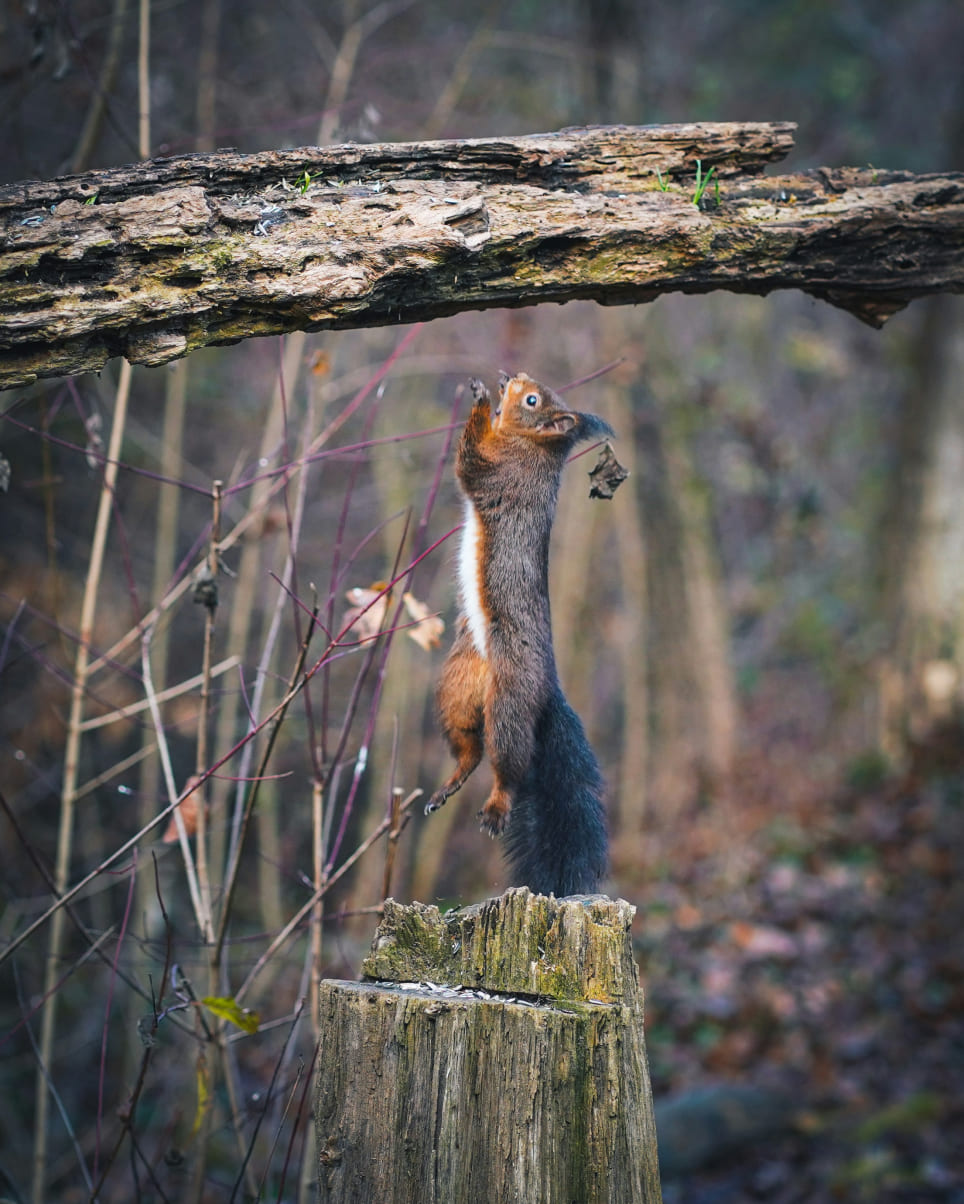- [email protected]
- Mon - Sat 8:00 - 6:30, Sunday - CLOSED
Journey Through the Zoo

The Ordinary Squirrel: A Zoo’s Small Wonder
The ordinary squirrel (Sciurus vulgaris), though common in many regions, has a unique charm that often captivates zoo visitors. Known for their bushy tails and acrobatic movements, these small mammals are a part of many zoos’ exhibits showcasing local or temperate wildlife. Squirrels, while not as exotic as big cats or tropical birds, play an essential role in educating the public about biodiversity and the interconnectedness of ecosystems.
In zoo environments, squirrels thrive in enclosures designed to replicate their natural forest homes. These habitats include plenty of trees, logs, and climbing ropes to support their active lifestyles. Zookeepers provide food such as nuts, seeds, and fruits, occasionally hiding these treats to simulate foraging and keep the animals mentally engaged. Visitors enjoy watching squirrels dart across their enclosures, expertly navigating branches and demonstrating their impressive agility.
The zoo uses the squirrel exhibit to discuss important ecological topics, such as the role of squirrels in seed dispersal and how they contribute to forest regeneration. Through these interactive and engaging displays, visitors learn to appreciate these often-overlooked creatures and understand their importance in the ecosystem.
